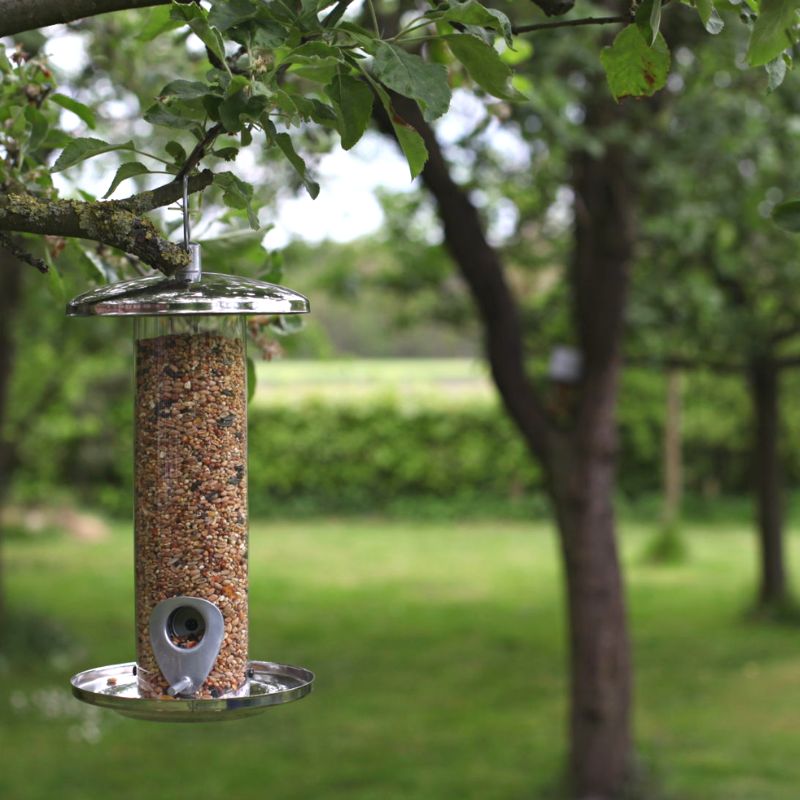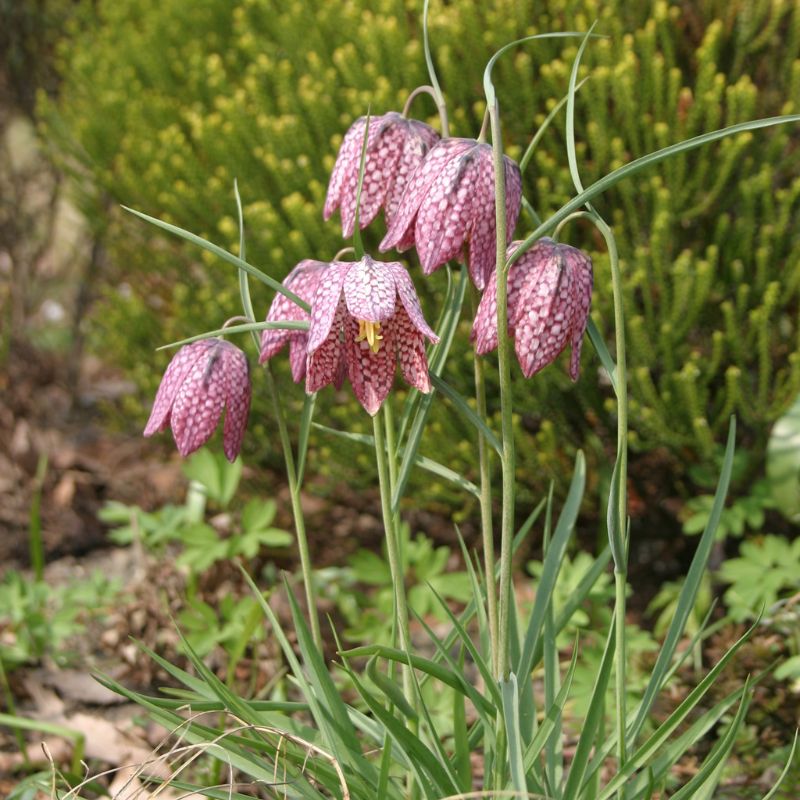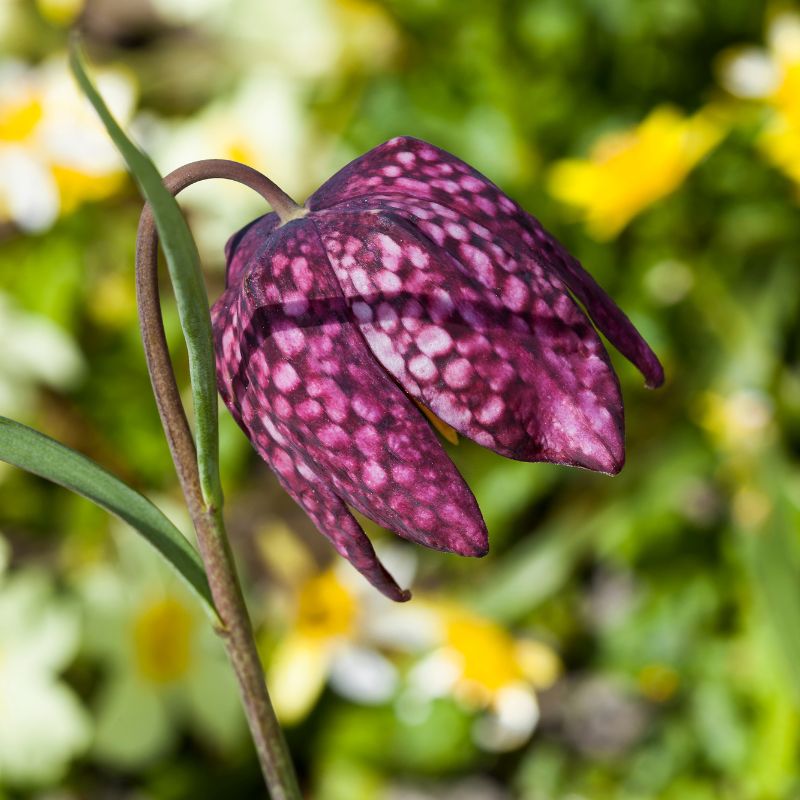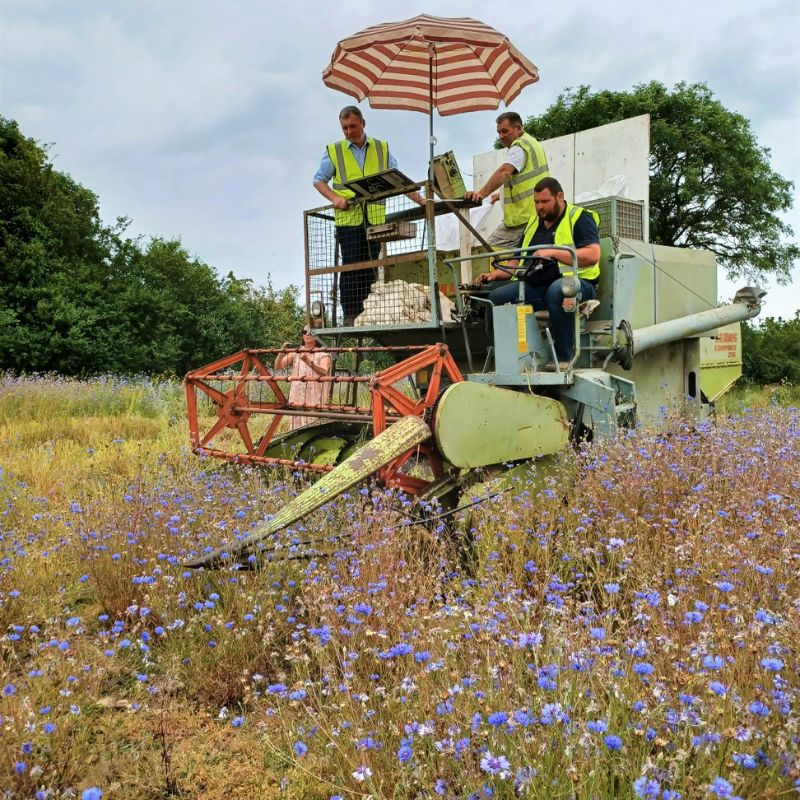The Fritillaria meleagris bulb offers an exquisite display of beauty and elegance. Its nodding flowers, resembling the intricate patterns found on a snake's head, create a mesmerizing sight. These dainty bell-shaped blooms feature a variety of colors, including shades of purple, pink, and white, delicately veined with contrasting hues.
This perennial bulb grows to an average height of 12 to 16 inches (30 to 40 cm) and thrives in partially shaded areas, making it an ideal choice for woodland gardens, meadows, or naturalized landscapes. The slender stems rise gracefully above lush green foliage, and each stem bears multiple flowers, enhancing the visual impact.
Fritillaria meleagris is not only a delight for the eyes but also attracts pollinators such as bees and butterflies, adding movement and vitality to your outdoor space. Its unique form and striking colors make it a standout choice for cut flower arrangements, providing a touch of elegance and charm to bouquets and floral displays.
This bulb is easy to grow and requires minimal maintenance. Plant it in moist, well-draining soil during the Autumn months for a spectacular spring display. Fritillaria meleagris thrives in a variety of growing conditions and is well-suited to both garden beds and containers.
How to plant Snakeshead fritillary, Fritillaria meleagris.
Choose an area of light shade or an area that is shaded in the afternoon. Snakehead fitilliary is a plant of deciduous woodlands so dislikes full sun all day.
The soil should be moist but well-drained and not waterlogged.
The best time to sow the bulbs is in the Autumn, between September and the end of November.
The sowing depth for the bulb should be 4 times its height and they should be spaced around 10cm apart. Use a dibber to make the holes and then drop in the bulb. for areas with heavy soils, or soils with a high clay content, a small handful of grit in the bottom of the planting hole will help provide drainage and prevent the bulb from deteriorating.
For a more natural-looking display, scatter bulbs over the area and sow them where they land.
After flowering in Spring, don't remove the leaves and allow them to wilt back - as the leaves wilt, the energy is returned to the bulb and this feeds it for next years flowering.
These bulbs are sourced from a local Irish supplier.
Use a Dibber for planting bulbs.
















